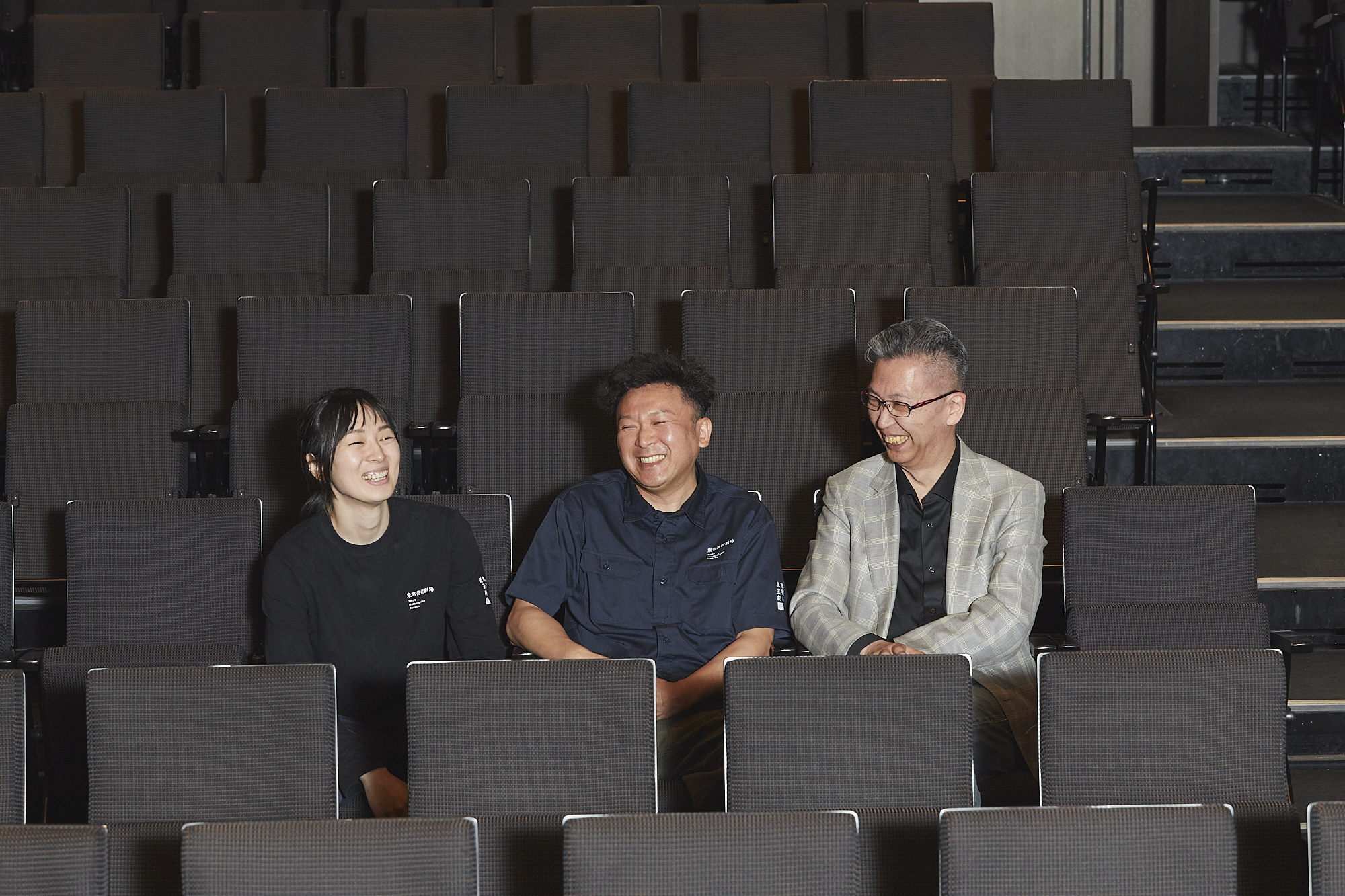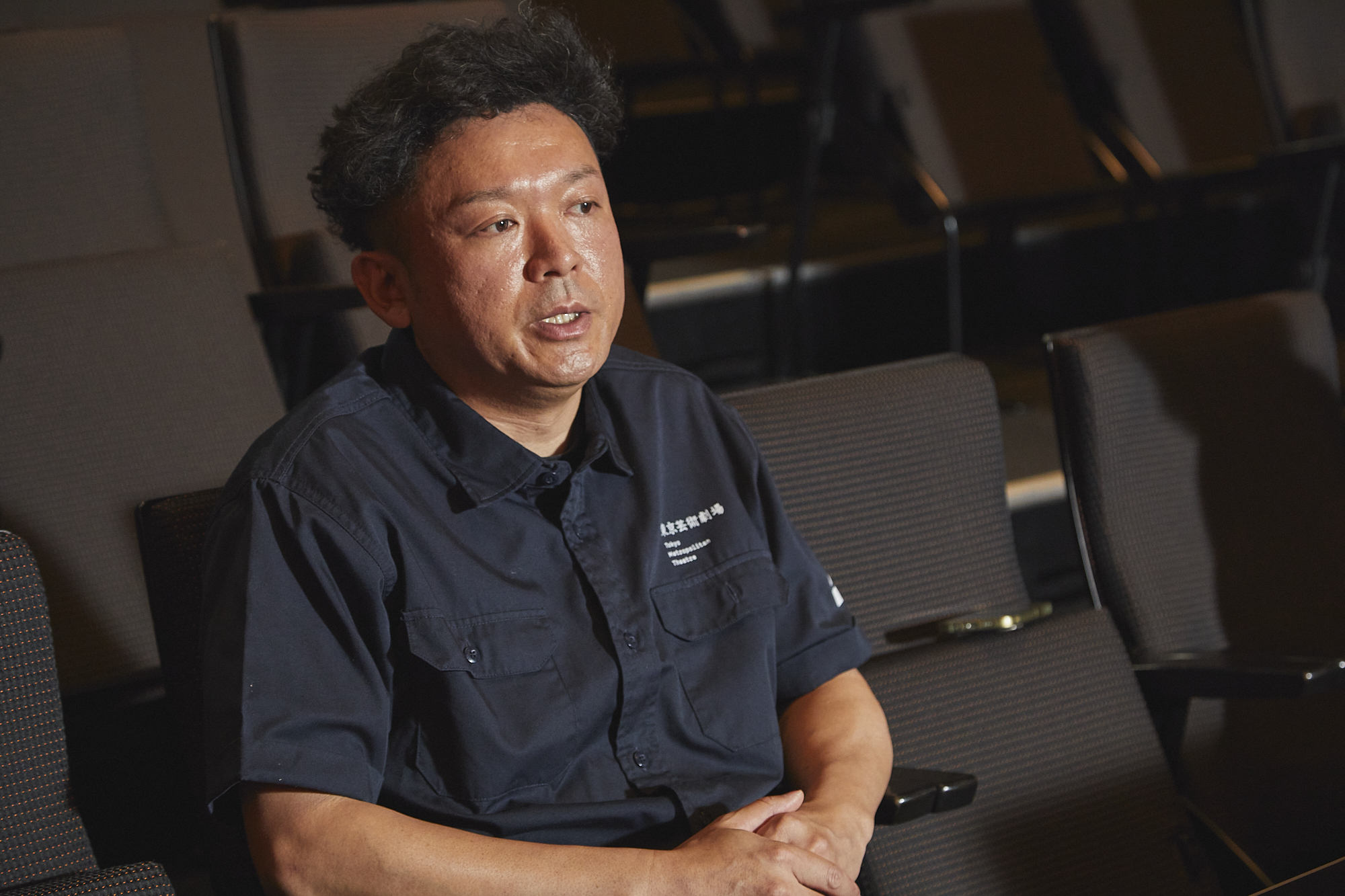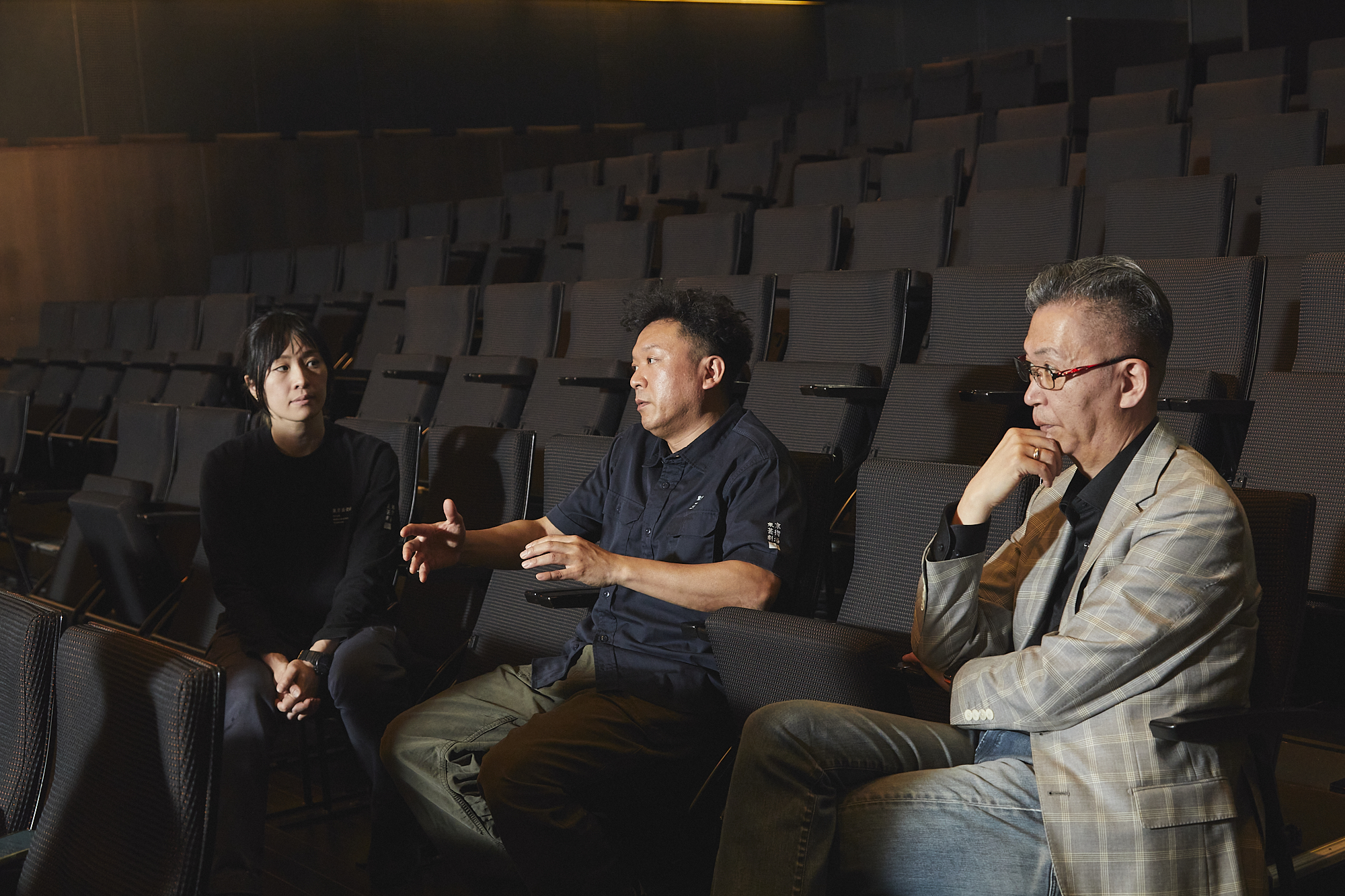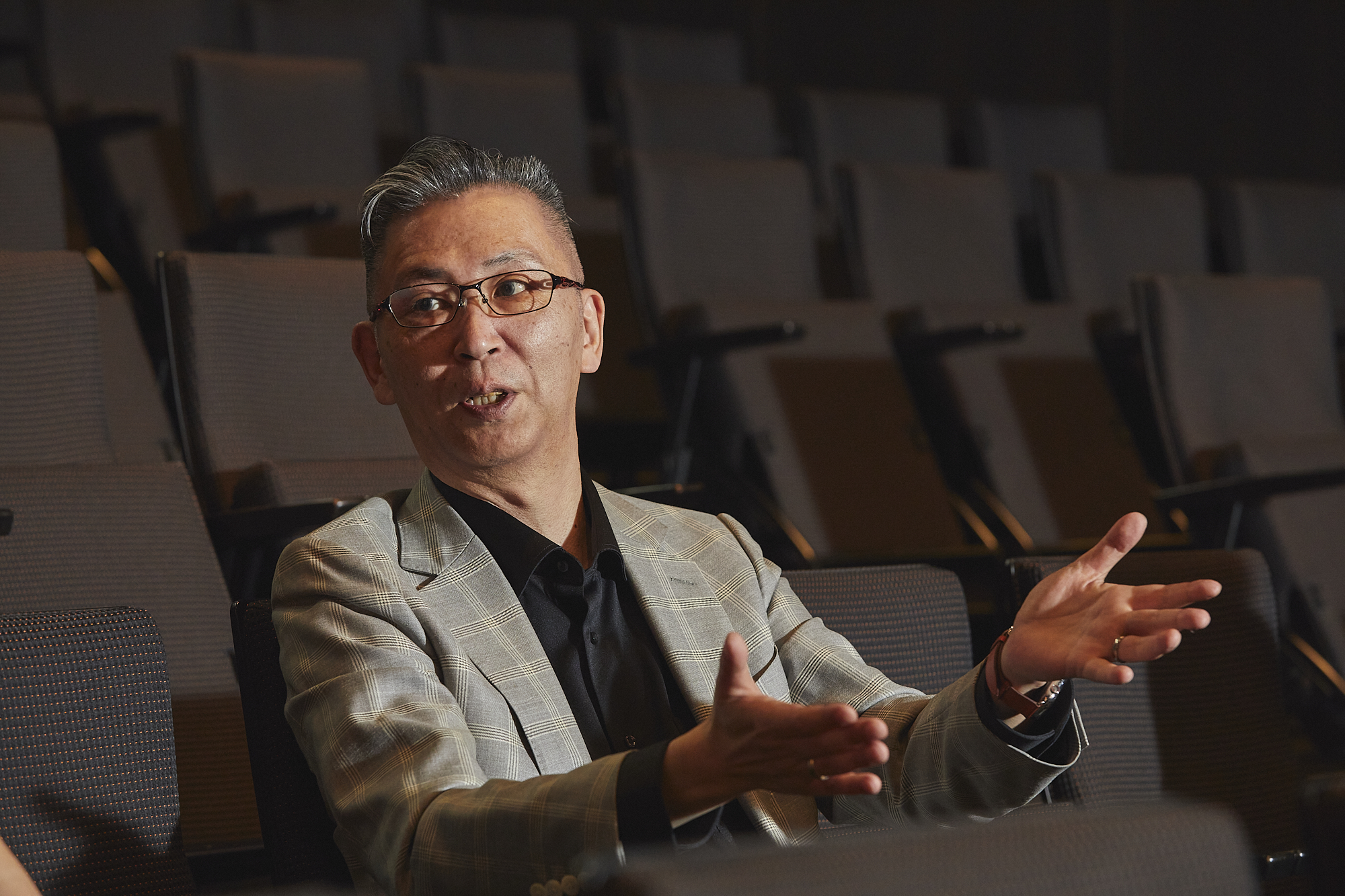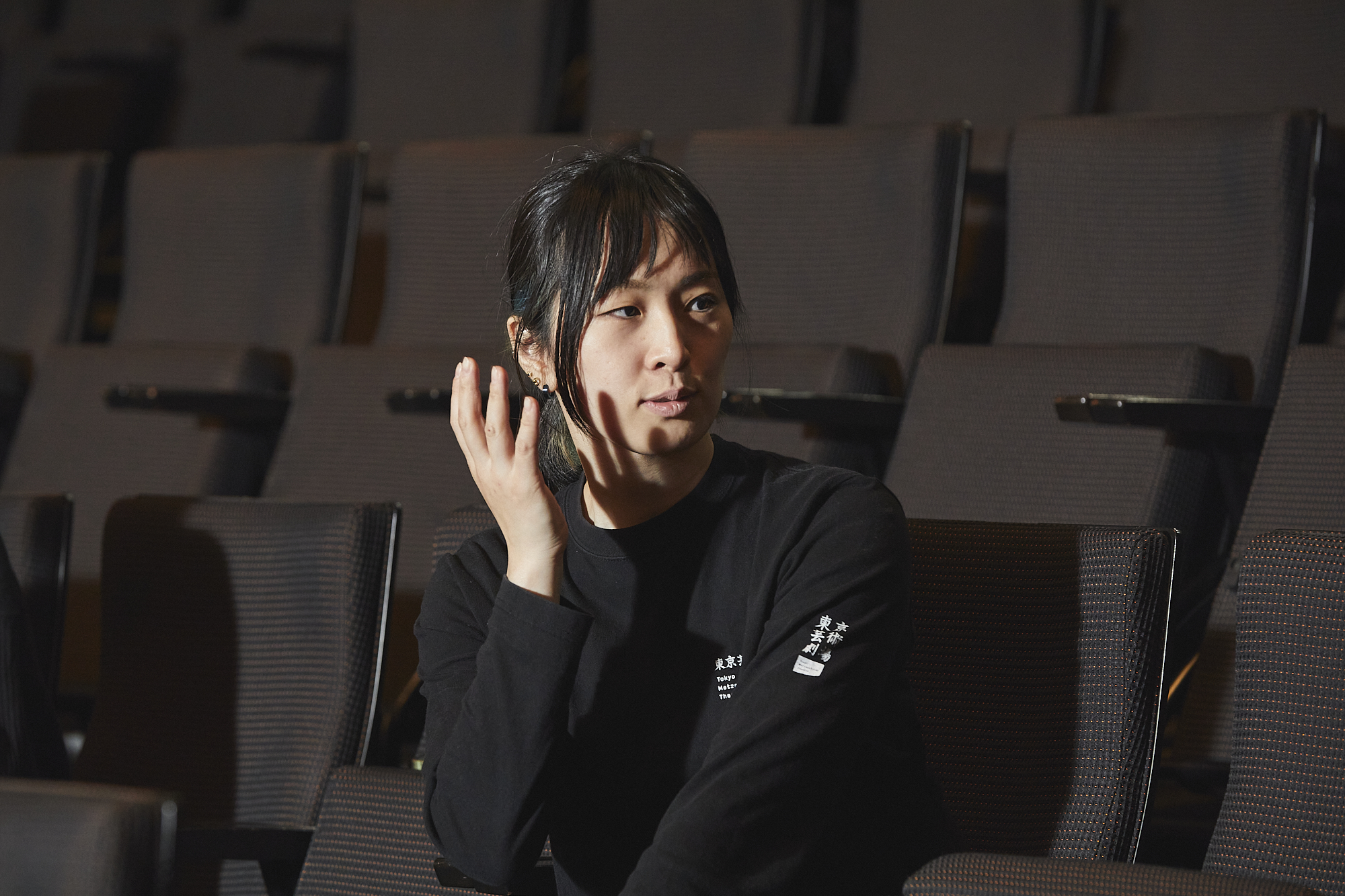Ishimaru: Usually, we have a project plan ready one to two years in advance, and technical teams get involved, but for this project, we only had a few months to prepare. We had many things we wanted to do, but the schedule allowed almost no flexibility.
Niijima: The script was only finalized on the day we set the stage before the performance. Using a hall incurs the theatre’s rental fees, so it always becomes a race against time. The production side wants to minimize the time they spend in the theatre, which limits the time we have for on-site work.
── How did you overcome such a challenge?
Ishimaru: We respect each other’s expertise in stage management, lighting, and sound, and always share information as a team, which I believe is crucial. For example, if the director has an idea about lighting, they talk to the lighting team. If the conductor has an idea about sound, they talk to the sound team. However, these decisions often affect lighting, sound, and stage sets simultaneously. So, the team who gets this kind of information needs to share it among all sections.
Matsushima: Having different sections in the same office is quite significant. We can share information without needing to have formal meetings.
Niijima: Our communication is analog, not digital. I make sure I talk to the team a lot. We sit close to each other in the office, so we can easily ask each other, “Did you hear about such and such?”



